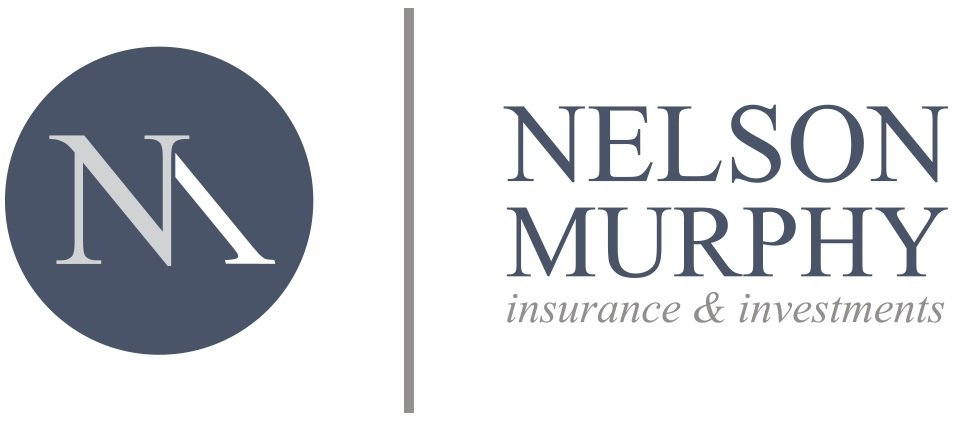Gauging Your Investments with Performance Benchmarks
One way to evaluate your investments objectively is to use industry-standard performance benchmarks. A benchmark is a market index or average that allows you to compare the performance of your stocks, bonds, or mutual funds against similar investments. Here are some of the most well-known and widely used investment benchmarks:
Stock Benchmarks
Dow Jones Industrial Average (DJIA). The oldest and most widely quoted market indicator. It reflects the price-weighted average of 30 actively traded blue chip stocks, mostly industrials, that generally represent 15% to 20% of the New York Stock Exchange (NYSE) total market value. (In a price-weighted index, higher priced stocks carry more weight than lower priced issues.) The mix of individual stocks changes occasionally.
Standard and Poor’s 500 Index (S&P 500). A market value-weighted index that reflects changes in the aggregate market value of 500 stocks compared to the base period of 1941-1943. The S&P 500 consists mainly of New York Stock Exchange industrials, although it also includes transportation, utility, and financial stocks traded on the American Stock Exchange (AMEX), as well as over-the-counter (OTC).
National Association of Securities Dealers Automated Quotation (NASDAQ) Composite Index. A broader measure of market activity than the DJIA or the S&P 500, this market value-weighted index tracks the prices of all securities traded on the NASDAQ Stock Market. The NASDAQ specializes in emerging companies, such as technology, telecommunications, and even electronic commerce. Market values are computed by multiplying the most recent sale price of the stock with the total number of outstanding shares.
Bond Benchmarks
Moody’s Investors Service. One of the two best known bond rating agencies in the country. Moody’s rates publicly-held corporate and municipal bonds, as well as many Treasury and government agency issues. It provides substantial detail on the issuers and the securities.
Standard & Poor’s. The other well-known bond rating agency, Standard & Poor’s, classifies bonds (and stocks) into a number of grades according to risk. These are further grouped into two broad categories: speculative, in which institutions with fiduciary responsibility are not allowed to invest, and investment grade.
Mutual Fund Benchmarks
Indexes. Mutual fund indexes exist for different types of funds. For example, the Value Line Index covers aggressive growth funds; the Russell 2000 Index applies to small capitalization stocks; and various Lehman Brothers indexes cover government, corporate, and municipal bonds.
Investment Advisory Service Rankings. Morningstar is an independent mutual fund rating and analysis service that measures risk and compares the long-term performance of over 2,000 mutual funds. It uses a star system to rate performance based on a fund’s risk and on how it performed compared to other funds in its investment category. The Value Line Mutual Fund Survey and Lipper Mutual Fund Rankings also rate mutual funds.
Peer Group Rankings. Mutual fund peer groups rank the performance of funds with similar asset classes, risk levels, and investment objectives. Funds are generally grouped according to their investment goals. Each fund is then ranked according to selected criteria, such as risk, risk-adjusted return, or five-year total return. The top 20% receive the rank of “1,” while the bottom 20% are ranked as “5.”
Published Rankings. Many business magazines, newspapers, and newsletters, such as Forbes, Fortune, Business Week, and Money periodically analyze individual funds and publish the rankings. Industry-standard benchmarks provide a means for comparing the performance of your investments to the market. Once you become familiar with the appropriate indexes and rankings, you will have a better understanding of your investment activity and will be able to determine when to change or select a new investment strategy.
“Gauging Your Investments with Performance Benchmarks.” FMeX. 2015. https://abm.emaplan.com/ABM/MediaServe/MediaLink?token=ef454dee5a7044eaa0db0b125c92de06

